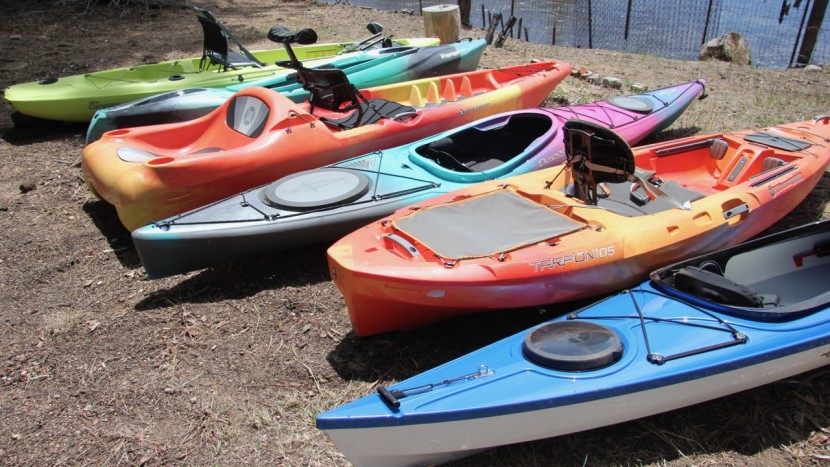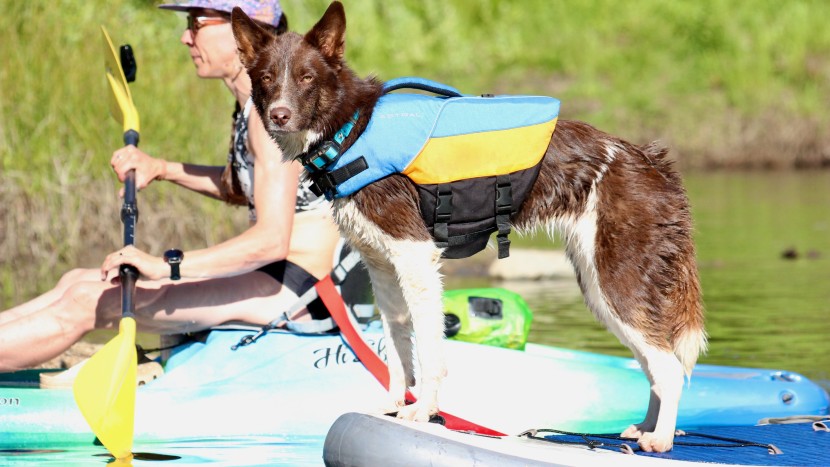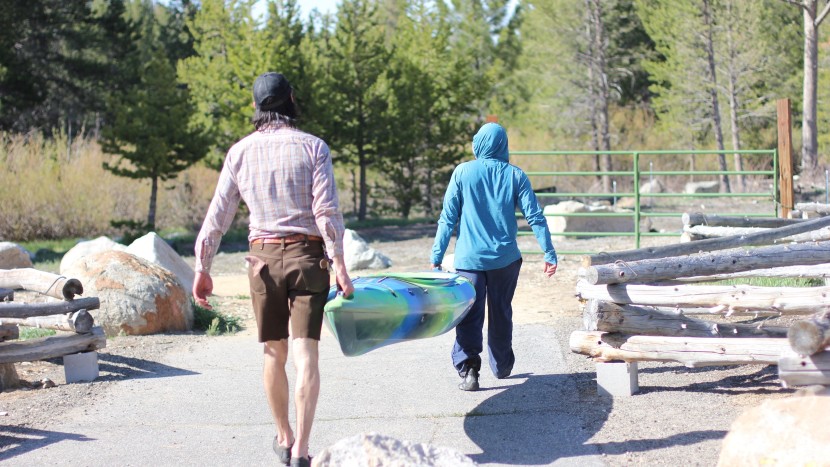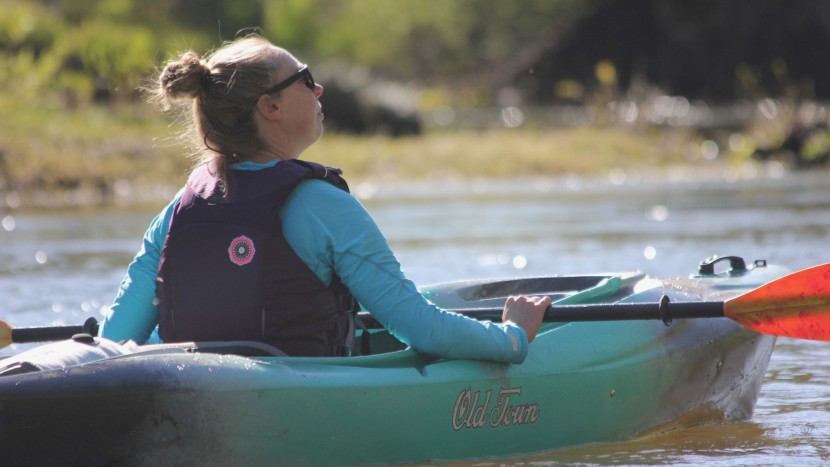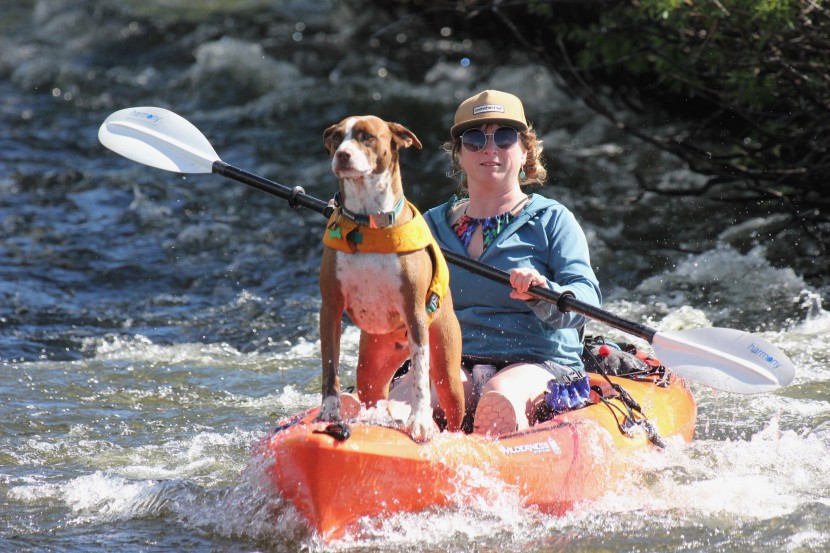Each season, we carefully select some of the most popular and top-performing kayaks on the market. We take them to Lake Tahoe and other alpine lakes and rivers in the High Sierra region. Each watercraft goes through at least three months of frequent on-water usage, testing under various conditions, and generally pushing them to their limits.
Glide and Tracking
We paddled each boat to maximum speed and then abruptly stopped paddling when we reached an assigned marker, allowing the kayak to glide freely on the water after this point. We measured the distance between the buoy and the spot where the kayak stopped, noting how well it kept its line. We also conducted timed 50-meter sprint tests in each kayak, repeating tests three times to best account for uncontrollable variables.
Stability
We tested the kayaks' primary stability on flat water, observing how steady and balanced they felt when not actively paddling. We noted how each kayak responded to weight shifts when paddling and how it felt to get into and out of the kayak. To test the dynamic stability, we assessed how it felt while on the move, including when turning corners and encountering currents. We experimented with leaning and edging each kayak, observing which models wobbled and which excelled. We paddled each kayak through waves and rapids, rocking the kayaks aggressively from side to side, standing up in them, and even jumping up and down to see if each can withstand your next adventure, kayak game, or attempts of your friend or dog to climb aboard.
Maneuverability
While on flat water, we counted how many paddle strokes it took to turn each boat 360 degrees from a standstill. We timed each kayak while navigating a series of buoys, taking note of how much effort it required to turn. We paddled each boat on gently moving water, cruising into and out of eddies and recording the effort it took to control each one. To test maneuverability in more dire situations, we capsized each kayak and timed how quickly we could re-right and drain it in order to perform a self-rescue.
Ease of Transport
We weighed every kayak and evaluated its handle effectiveness and placement. We strapped them on roof racks and J-racks, we chucked them in the backs of cars and trucks, we stored them next to garages, on porches, and in yards over the winter. We carted them down paths to waterways and across parking lots. In short, we took these boats all over to figure out which ones are easier to transport solo, to load on top of a car, and to get out on the water.
Comfort
We've spent a lot of time in these boats over the years and rate them based on how much we did or didn't whine. We analyzed how it felt to sit in each of these kayaks for prolonged periods, and all of the boats we tested were paddled by people of varying sizes, noting if there were any particular points of discomfort. We also listened to celebrations and complaints of others on the rivers and lakes, on the internet, and from our extensive paddling community.
Construction Quality
This score begins with our knowledge of the materials and technologies used to construct each kayak — how well these are known to stand the test of time, how sturdy they feel, and how many scrapes and dents each boat had at the end of testing. We also looked over all the seats, straps, bungees, handles, hatches, and latches, and read other user reviews, looking for any trends in customer complaints.

